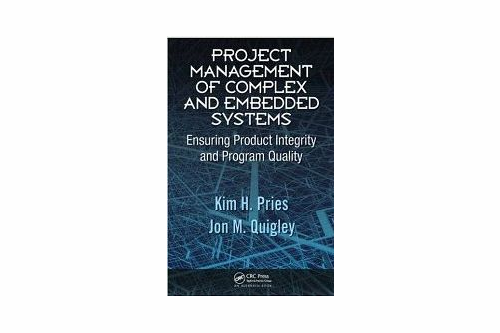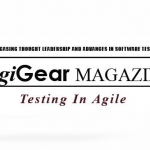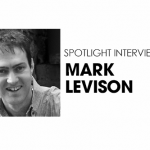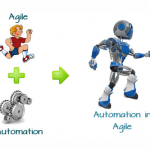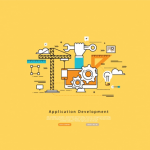Writing code that is easy to read and easy to test is difficult to achieve. The fact that poorly written code can function often leads to coding practices that are effective but not necessarily efficient. Too often, many programmers fresh out of school write code in the manner that was effective for passing their courses, but contains a lot of spaghetti.
Experience and continual learning will eventually improve coding skills, but if you want to improve quickly I recommend a book that helped me raise my coding skill to a new level. Clean Code: A Handbook of Agile Software Craftsmanship by Robert C. Martin is an excellent resource on the art of writing easily readable code. The book challenges the reader to think about what’s right about code, and what’s wrong with it.
Readers will learn:
- How to tell the difference between good and bad code
- How to write good code and how to transform bad code into good code
- How to create good names, good functions, good objects, and good classes
- How to format code for maximum readability
- How to implement complete error handling without obscuring code logic
- How to unit test and practice test-driven development
What makes this book stand out from the others is that the information is presented in a manner that allows you to adapt and improve upon what you already know. Other books I’ve read introduced great methods, but required a lot of time to learn. It’s fine if you have the extra time, but most of us don’t. After reading the book I was able to start applying what I learned on a current project.
My experience
I selected a project that allowed me to slow down a bit so I could apply several of the practices outlined in the book. The important part for me was starting with small steps and repeating them. Pretty soon I found a new coding rhythm, enabling me to incorporate even more improvements. Putting what I learned into practice every day and not trying to do too much at once was key for me.
I started by writing unit tests the way they were outlined in the book. At the same time I also identified and was able to modify several code smells. Next, I modified the members of my classes so they had better names. I also moved some logic to sub-classes and made several refactoring modifications. The first results weren’t ground breaking, but they were a big step in improving my ability to write consistently clean and testable code.
I especially liked that I didn’t need to spend time creating practice applications. I was able to take the project I was working on and make it better! If you follow my example, you can improve your coding ability and have fun doing it while saving yourself a lot of frustration. The important thing is don’t expect to achieve super results the first time. It’s a process that requires practice, but because it builds on what you already know, it doesn’t require extra time. I just took small steps like the book suggested and I was able to progress quickly.
Threading guide
Besides writing clean code, the author also introduces testing problems. There is a very good section about testing threaded code, the pitfalls, and how to deal with them. Given my level of understanding of the subject, I consider this one of the best essays on threading I have read. It is not a hard-to-read technical piece, but beginners may need to research some of the definitions to understand it thoroughly.
My special thanks to Robert C. Martin
I want to give special thanks to Robert C. Martin for writing this book. Many books on coding have a steep learning curve before you start getting results, and others point you in the direction to go then leave you alone on the path not knowing what to do.
Clean Code gives you a lot more than technique. It also talks about mental tools to use to really sharpen your skills. Clean Code is top-level book. Get a copy and read it. You will never regret your decision. I promise.

